What is the circular economy?
In nature, there is no waste. Waste is, essentially, a design flaw. The circular economy removes the traditional take-make-dispose model of the linear economy, replacing it with a more sustainable model, eliminating waste and the continual use of resources.
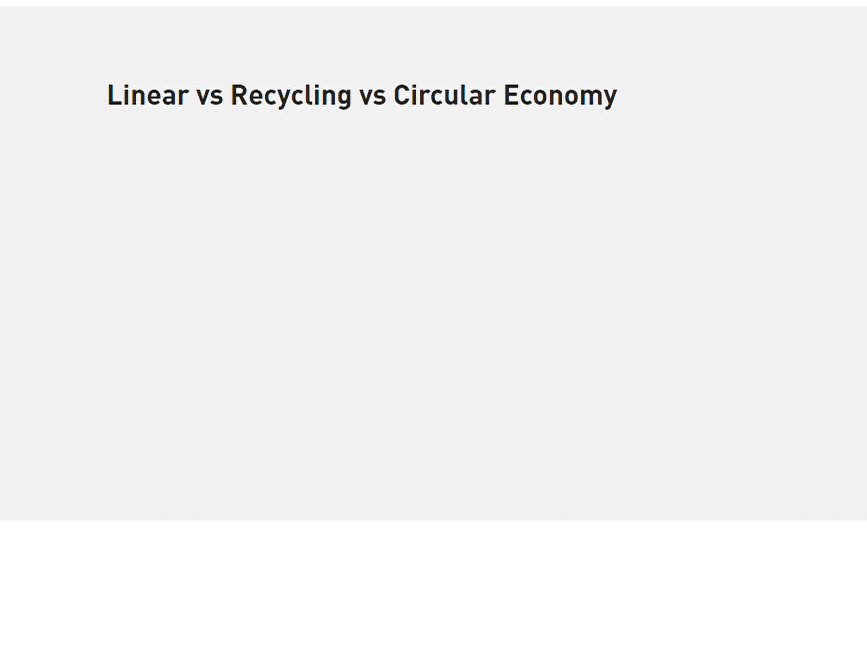
How do textiles fit in?
Not only does the circular economy encourage smarter design, it also begs for smarter consumption. Did you know that up to 150 billion apparel items are produced each year, and clothing production is on the rise. That’s a lot of clothes. And we’re shopping more, with the average consumer buying 60% more clothing than 15 years ago, but keeping them for half as long. Less than 1% of clothes are recycled to make new clothes so it is evident that recycling will not solve fashion’s problems. And so, when more clothes are made and more clothes are bought, it’s virtually a one-way ticket to the trash can.
How you can support the circular economy
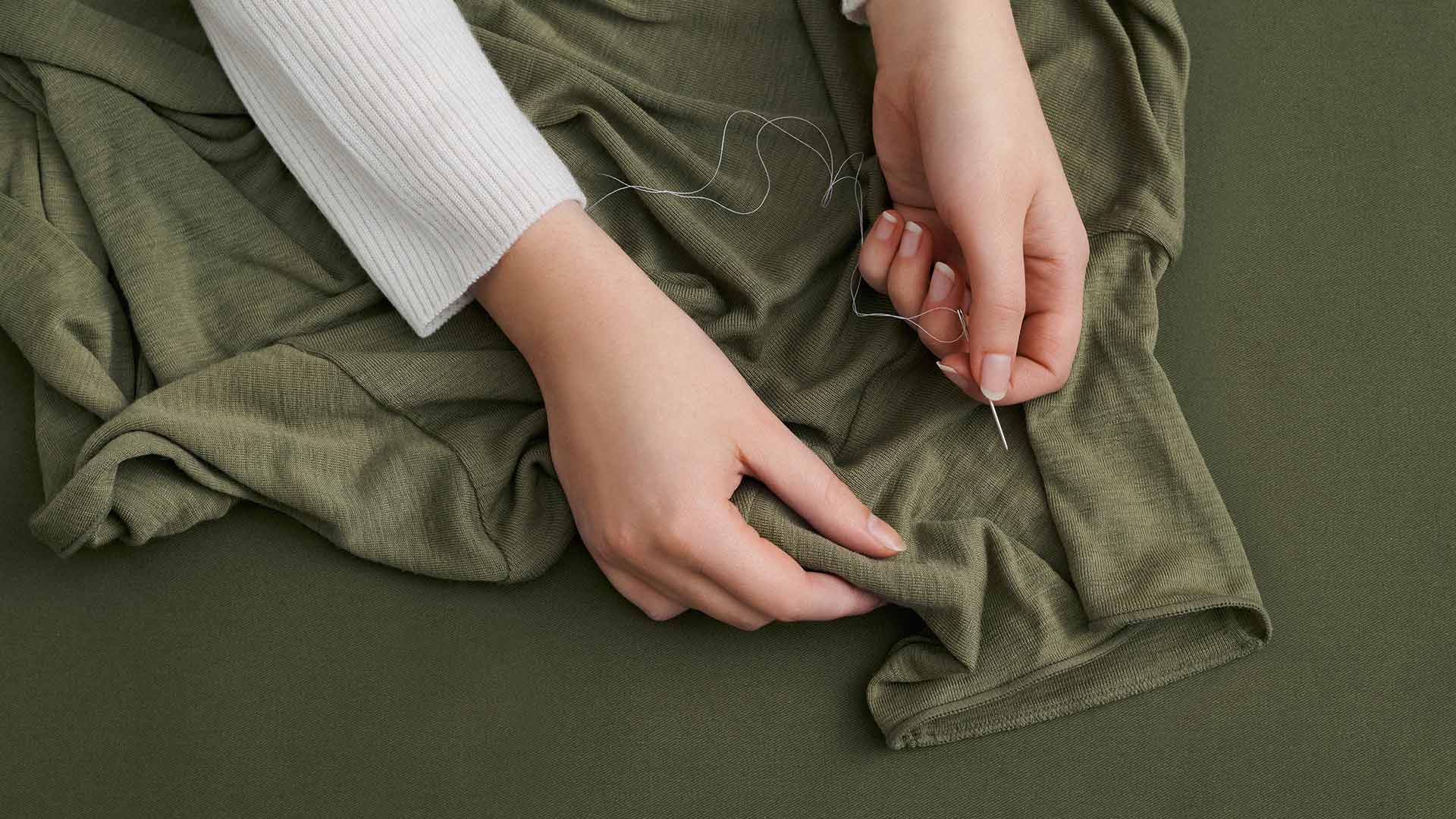
So, where, you may be asking, is the best place to start if you want to shop circularly?
The best place to start is at home. Open your wardrobe, and take a look inside, right to the back, the top shelf, the items that have fallen down. What do you wear? What haven’t you worn in the past year? What have you never worn and still have the tags on them? The answers might surprise you. Keep your favourites. Keep the classics, those pieces designed with longevity in mind. Garments made from quality fabrics, such as Merino wool, are made to last, so jump on board #SoLastSeason and #30wears and show the world when you take care of your clothes made from natural fibres, they too will take care of you.
What next? Can your pre-loved garment be repaired? Small hole in a sweater? Need to darn a sock? Our wool care and repair guide will breathe new life into your clothes and show that wool is forever in fashion.
Decided you won’t wear it again? That’s fine too. But don’t be a tosser. Wool is the most reused and recycled fibre of all common apparel fibre types. So chances are there’s someone out there ready to give a second lease of life to your unwanted goodies. Can you sell the item? If not, donate it to a thrift store and soak up some good karma. After all, what goes around comes around - the true essence of circularity!
Click on the below icons to discover wool's circular lifecycle.
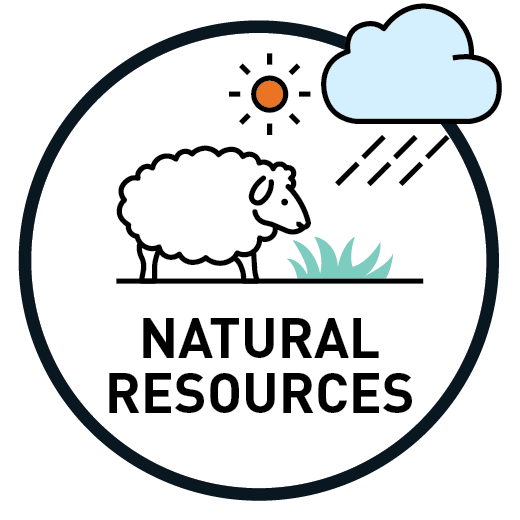

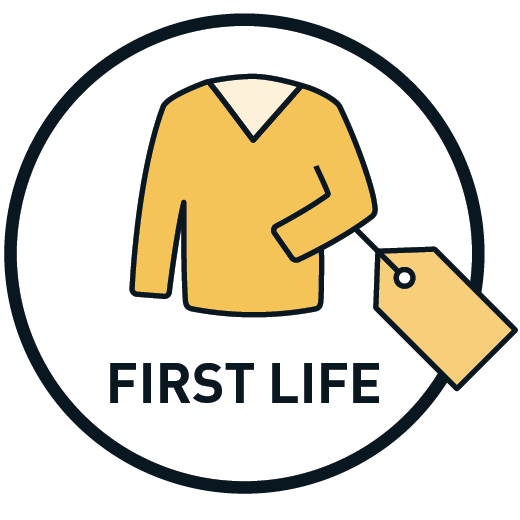

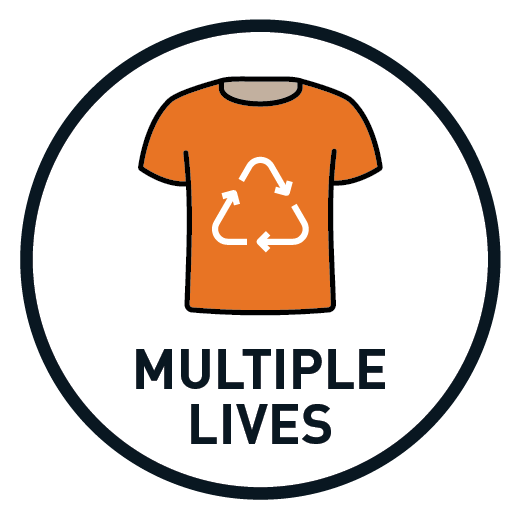

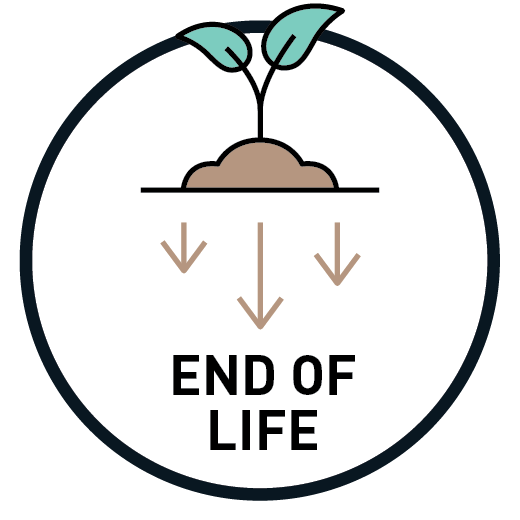
3 steps to discovering a brand’s circularity
You’ve taken a deep dive into your wardrobe and decided a few new pieces are needed.
How do you navigate through all the greenwashing and come to the right decision.
After all, many brands call themselves sustainable; but are they?

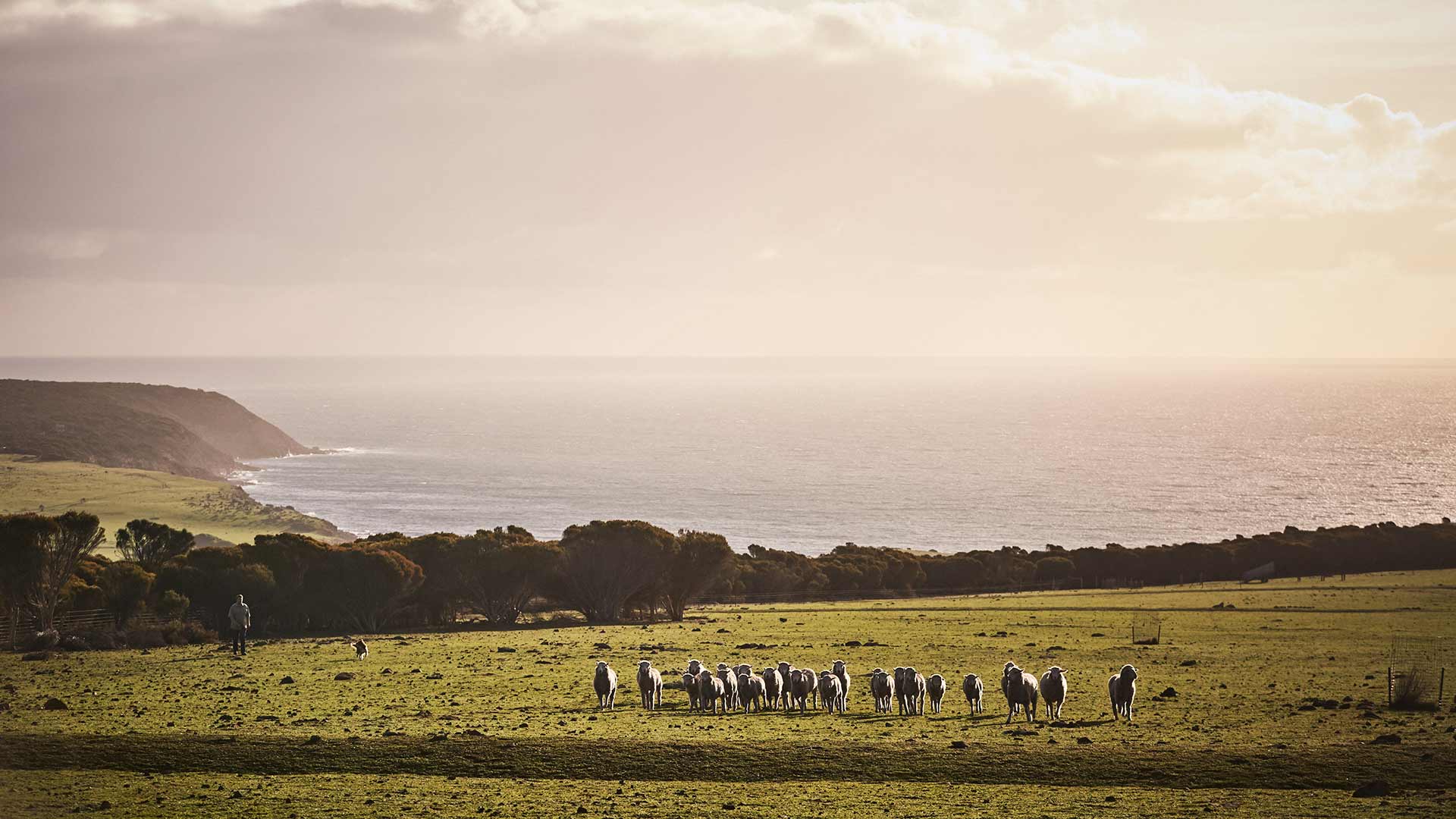
First, become a label turner. Check to see what the clothes are made from? Is it a natural, renewable and biodegradable fibre such as Merino wool or cotton? Or is it made from fossil fuel, crude oil, plastic - such as nylon, acrylic and polyester, or even recycled polyester. These synthetic fibres shed thousands of microplastics into the air and ocean, unlike wool which does not contribute to microplastic pollution.

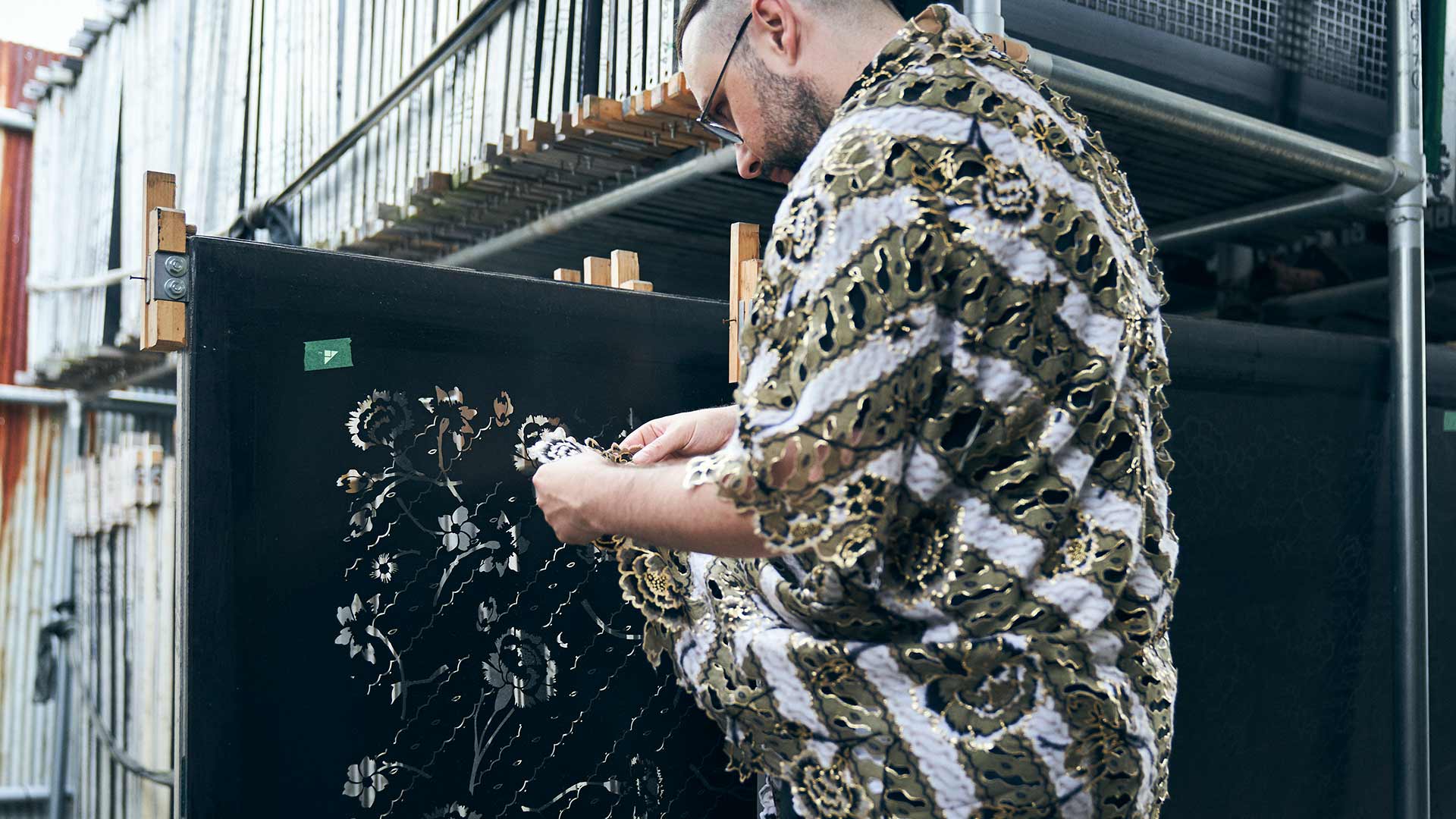
How was the garment made? Does the brand tell the story of its workers so you know they are being paid a fair, living wage? Is the garment traceable - from the first thread created, through the supply chain until it lands on the store’s rack? Does the brand align with the UN SDGs and report their impacts on people, planet and profit?


And most importantly, is the piece a timeless classic that can be worn, reworn, repaired or recycled? If the answer is yes then you know that, in the future, less will be made, less will be bought and less will be wasted. Circular fashion requires collaboration from producers, manufacturers, designers, and you. Are you ready to shape the future of fashion?